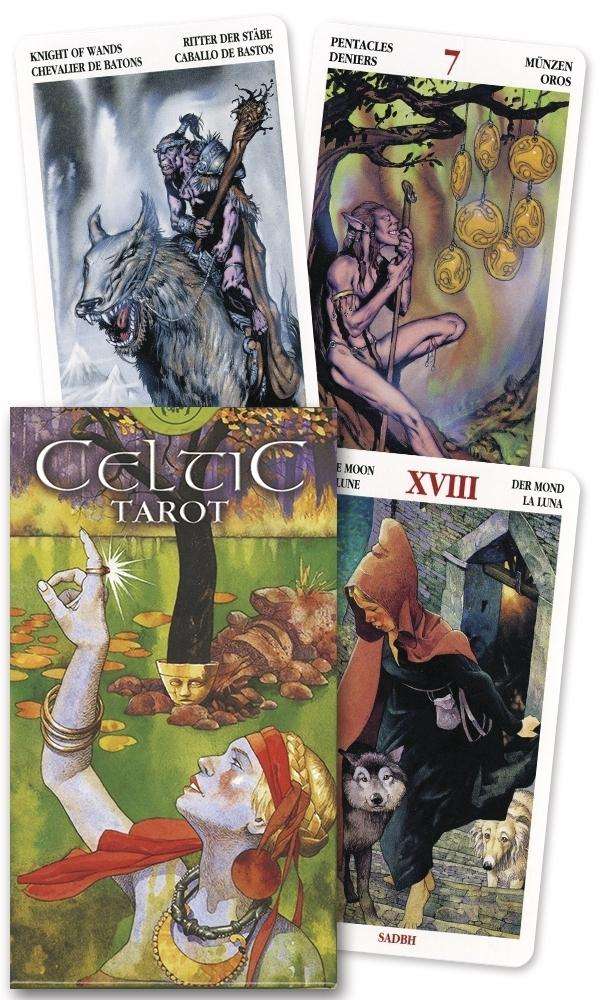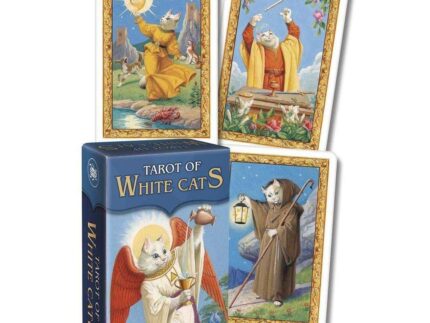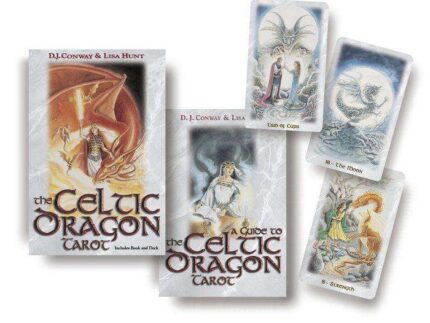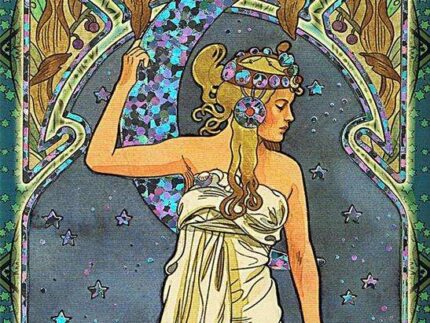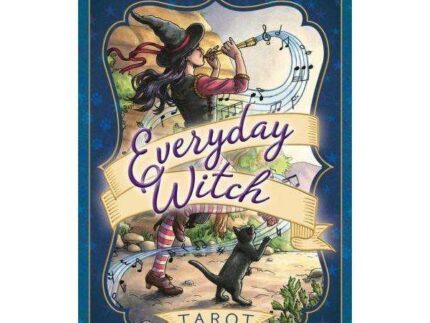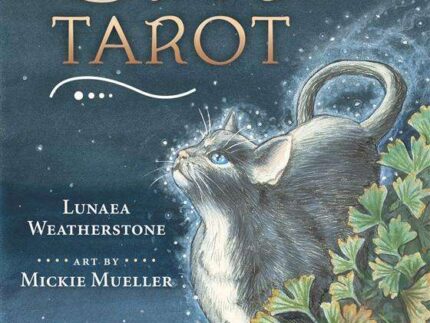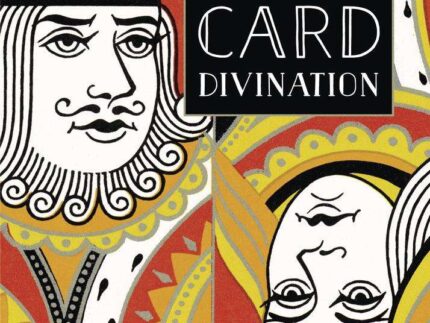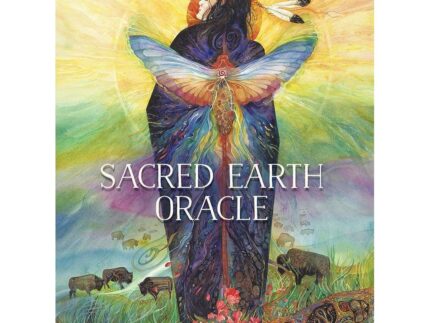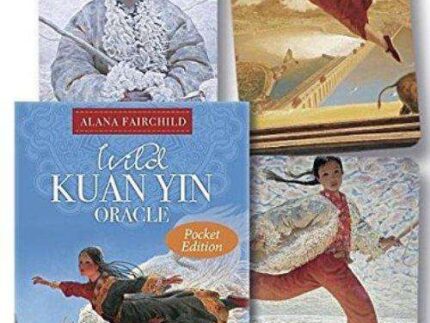Celtic Tarot – 78 Card Deck & Guide Booklet
Beautiful deck made in the Rider-Waite-Smith pattern, but with a unique Major Arcana and a focus on Celtic myth and legend. Perfect for Celtic Wiccans and all Pagans drawn to Celtic lore. Beside being good for doing divination (especially if you’re not so set in the RWS design that you’re willing to look at new insights with the Major Arcana), it’s also great as a guide for beginning investigations into the myths and characters of ancient Celtic belief.
In-Depth Review:
When Tarot decks are drawn by multiple artists they often seem like a total joke with no continuity, no tone, no common style, and no overall meaning that goes through the deck. This can make it virtually unusable for anything for anything other than collecting.
Although the Celtic Tarot does have two artists, it is wonderful and looks very consistent. Originally, only the Major Arcana appeared, as drawn by Giacinto Gaudenzi. This deck includes a Minor Arcana drawn by Saverio Tenuta, who obviously used Gaudenzi’s style as a model. As a result, even though the Major Arcana cards tend to have more complex imagery and symbolism (perhaps as befits them), this does give the feeling of a single and very solid deck.
As indicated by the name of the deck, it is related to the Celtic people, and specifically with the people of Ireland. The suits of the Minor Arcana are each associated with a different Irish ethnic mythical race. The Wands are associated with the Fomori. The Fomori were an ancient race considered to be semi-divine or even the predecessors to the Irish gods. They are depicted here as fierce and proud, with haze-filled backgrounds. The Pentacles are associated with the Tuatha de Danann. The name means that they are the children of the goddess Danu and they are considered to be the fifth group to settle in Ireland, conquering the Fir Bolg. The images are taken from the RWS, but are more colorful than the Wands. The characters have pointed, faery-like ears, and the pentacles all appear to be gold or bronze with a triskelion symbol on them.
Chalices are associated with the Fianna. These people were small in stature and lived in forests outside of society. They supposedly lived by three mottoes: Purity of heart; Strength of limb; Actions that match our words. The cards have lots of bluish backgrounds (appropriate to the suit) and show the characters as mythic Medieval/Renaissance lords and ladies. Finally, the Swords are associated with the Ulaid. Modern day Ulster is named after them and the series of stories known as the “Ulster Cycle” is about them. The backgrounds and the characters’ clothes are filled with fiery reds, and the King has a pose that is similar to a famous drawing of Conan the Barbarian as King, drawn by famed illustrator Frank Frazetta.
As mentioned previously, the Major Arcana has more detail in the figures and backgrounds. It is also joyously Pagan. The Empress, for example, identified as Morrigan, is a buoyantly dancing, partially clad, rubenesque woman. The Devil, identified as Finn Mac Cumhail, shows a man wearing the skin and horns of a stag. Each of the Major Arcana cards has the traditional name at the top (in four languages) and the name of the character shown on the card at the bottom. These characters are taken from three different Irish Celtic legends.
The Little White Booklet (LWB) gives brief descriptions of one aspect of the legends associated with each character in the Major Arcana cards, along with divinatory meanings. For the Minor Arcana there you get key words for divination. The LWB includes a surprisingly in-depth, 13-card layout called the “Celtic Flower” spread.
So is it good for readings? That depends upon who you are. Although the Minors follow the RWS imagery, the Majors only use it as a hint, focusing more on the Celtic legends. As a result, if you are really stuck with the RWS interpretations, you may need to spend some extra time getting comfortable working with the Major Arcana.
On the other hand, if you take the time to learn those cards or simply adore and are familiar with Celtic myth, the new images and symbolism on the Majors will inspire you in new and previously unconsidered directions. This deck would be especially good for Wiccans and Pagans, especially those who follow a Celtic Wiccan or Celtic Pagan path. Using the Majors to spark discussion of a particular mythic figure and his or her legends makes this deck a great teaching tool, too.
In sum, this Tarot is great for the exploration of Celtic myth and legend, as well as ideal for Celtic Pagans giving readings to other Celtic Pagans and Celtophiles.
The companion booklets for most Lo Scarabeo decks are in five languages: English, Spanish, French, Italian, and German.
For more tarot, oracle and fortune decks visit our companion site TarotMerchant.com
